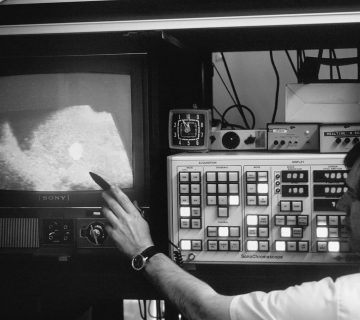Various problems arise in the male reproductive system as men age. And two of the most common conditions many men face as they age are enlarged prostate and prostate cancer. While these conditions can have similar symptoms, they differ from each other and require different treatments.
Read more: Prostate Cancer And Enlarged Prostate: How Are They Different?In this blog, we’ll explore the difference between the two conditions and what you should know about the two.
What Is Prostate Cancer?
The type of cancer that affects the prostate gland is known as prostate cancer. This walnut-sized organ is located just below the bladder in men. It’s used to produce semen that carries sperm. This cancer type develops when a few specific cells in the prostate gland grow and form a tumor. As time passes, this tumor can grow and metastasize to other body parts, such as lymph nodes or bones.
What Is An Enlarged Prostate?
Enlarged prostate is also commonly known as benign prostatic hyperplasia (BPH). This is a common medical condition where the gland grows in size. As the prostate gland grows, it presses against the urethra, making it difficult for you to empty your bladder properly. Unlike prostate cancer, an enlarged prostate isn’t a cancer type and doesn’t spread to other organs in your body.
Symptoms
1. Prostate Cancer
Even during the early stages, prostate cancer doesn’t show any physical symptoms. However, as the stages progress, you may witness symptoms, including:
- Painful ejaculation
- Erectile dysfunction
- Pain in the lower back, legs, or hips
- Pain in bones
- Blood in urine
- Blood in semen
2. Enlarged Prostate
The symptoms of an enlarged prostate include the following:
A frequent need to urinate, especially at night when you’re sleeping
- Weak urine stream
- Painful urination
- Delayed start of the urine stream
- Dribbling when you’re done urinating

Treatment Options
Treatment options for these two conditions differ significantly as they’re two separate conditions and have varying underlying causes.
For prostate cancer, the main emphasis is on destroying or removing the cancer cells. This is usually done through radiation therapy, surgery, or chemotherapy. Hormone therapy is also used in a few cases to slow down the growth of cancer cells.
On the other hand, treatment options for enlarged prostate usually involve medication to relax the enlarged muscles, ultimately making it easier to empty your bladder. There are only a handful of severe cases where surgery is required, where a vascular oncologist will remove a small part from your prostate gland.
You should remember that the treatment options for the two medical conditions aren’t mutually exclusive. In some cases, men require a combination of both to achieve the desired results.
If you’re looking for treatment options for enlarged prostate, our qualified doctors at RJIR Vascular & Oncology can help you. We offer minimally invasive treatment options such as prostate artery embolization (PAE) to help you deal with this condition and minimize its symptoms.
In addition, we also treat DVT, leg cramps, varicose veins, overactive bladder, and more.
Contact us today to learn more.




No comment